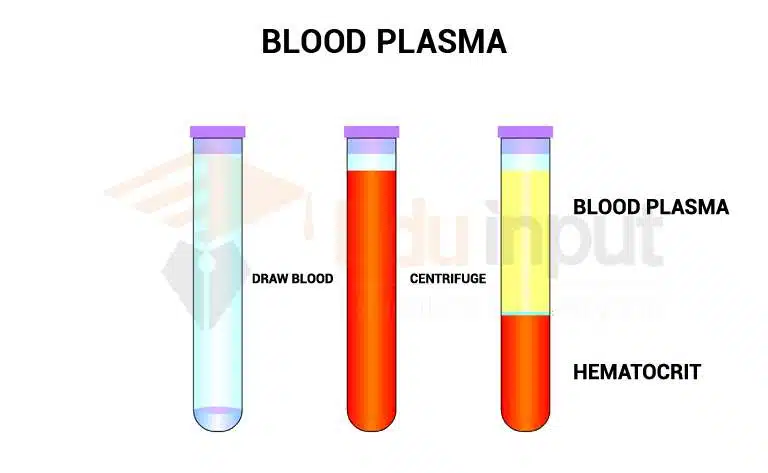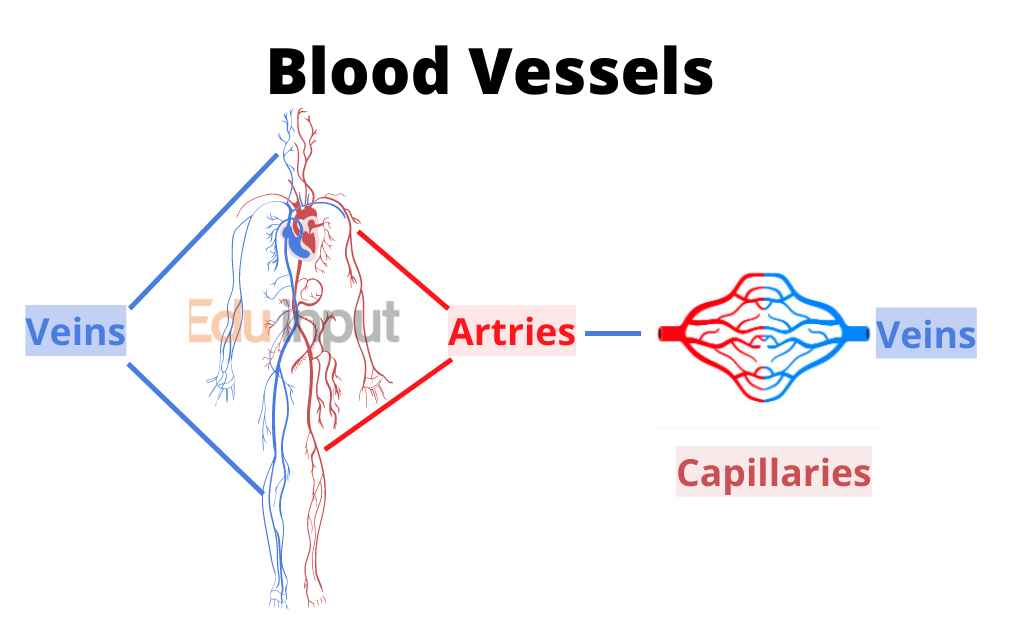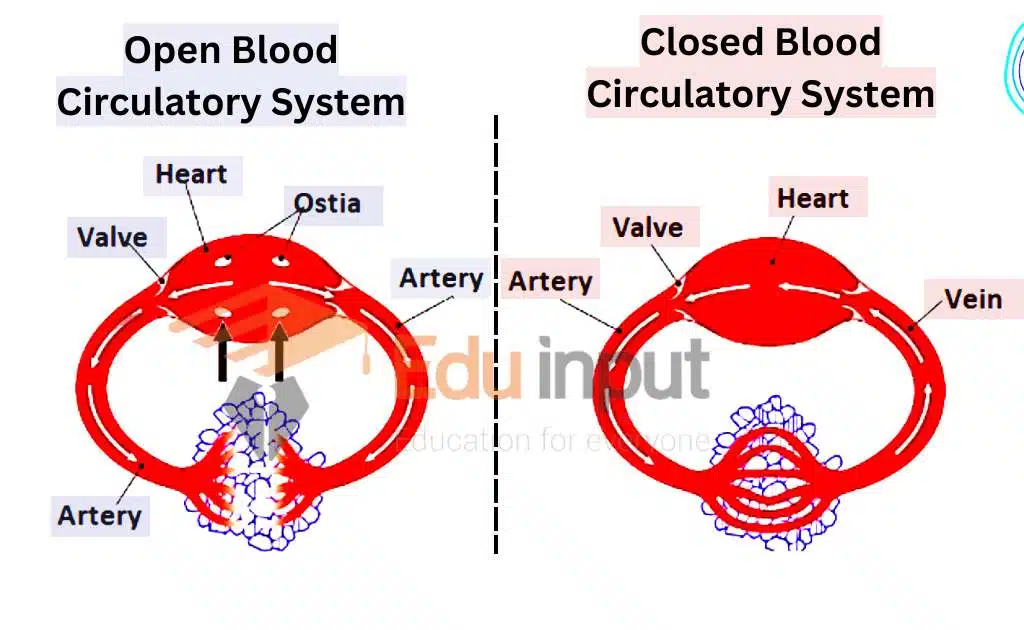Blood Plasma-Features and its Composition
The human body contains approximately 3 liters of blood. Our blood carries around 2.5 liters of liquid and consists of red blood cells (RBC), white blood cells (WBC), and platelets. Plasma is a clear fluid part of blood that is mainly composed of water and proteins.

It is produced where RBC breakdown occurs, which happens in the spleen and liver. Blood plasma is the liquid portion of blood that has white color. It contains a protein called albumin, electrolytes, and other minerals. Plasma contains the blood plasma protein, globulins, enzymes, hormones, and antibodies.
The term plasma is derived from the Latin word “plasm” which means to give form or substance to something.
The weight of the blood in our body is about 1/12 of our body. plasma is primarily water in which proteins, salts, nutrients, and wastes are dissolved. Water constitutes 90% of plasma. 10% are dissolved substances. Most of the dissolved substances are kept constant or nearly constant. Some other substances are present in varying concentrations.
Composition of Plasma
There are different concentrations of dissolved substances in the plasma. The solute of the plasma can be divided into six categories:
Inorganic Ions Or Mineral Ions
the inorganic ions and salt are 0.9 % of the plasma of humans by weight. More than two-thirds of this amount is sodium chloride (NaCl). The change of concentration of a single articular ion can create serious disturbances. The normal pH of the human blood is 7.4.
The change in pH affects the chemical reactions of the body. So this pH is maintained between narrow limits.
Plasma Proteins
The proteins are 7-9 % of the plasma. These proteins perform different functions:
Immunoglobulin Or Antibodies:
The lymphocytes produce antibodies in response to antigens. Then these proteins are passed to plasma and lymph. Immunoglobulin plays an important role in the defense of the body against the disease.
Prothrombin:
It acts as a catalyst in blood clotting process.
Fibrinogen:
It takes part in the blood clotting process.
Organic Nutrients In The Blood
the nutrients include glucose, fats, phospholipids, amino acids, and lactic acids. Some of these compounds enter the blood from the intestine during absorption. Lactic acid is produced in muscles as a result of glycolysis and it is transported to the liver.
Cholesterol is also an important compound. Some of the cholesterol is used in metabolism. It is used as a precursor for the synthesis of steroid hormones.
Nitrogenous Waste Products
plasma also contains nitrogenous waste products. These waste products are formed as a result of metabolism. The waste products are urea and a small amount of uric acid. They are carried to the liver. They are transported from the liver to the kidneys
Hormones in Plasma
The hormones of the body are carried by blood plasma.
Gases in Plasma
Gases like CO2 and O2 are present in the plasma of the blood. Plasma also can carry oxygen throughout the body. This makes it essential in the process of carrying oxygen to different parts of the body.





Leave a Reply